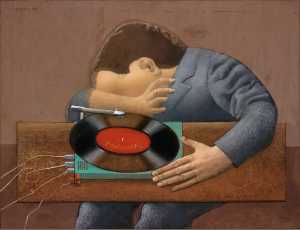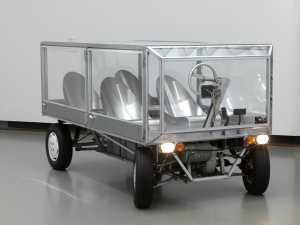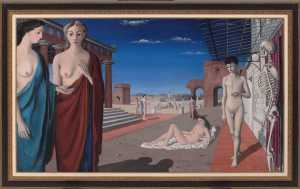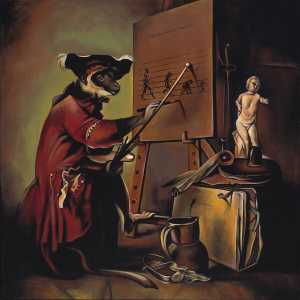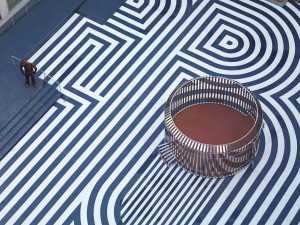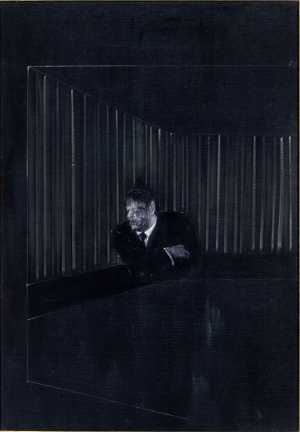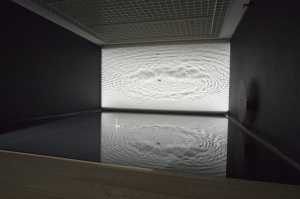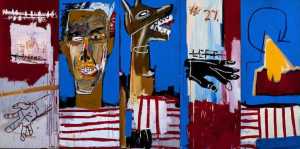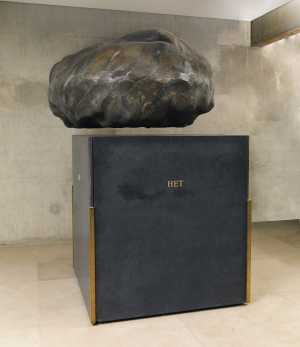Specifications
| Title | La ville rouge |
|---|---|
| Material and technique | Oil on canvas |
| Object type |
Painting
> Painting
> Two-dimensional object
> Art object
|
| Location | This object is in storage |
| Dimensions |
Height 110 cm Width 195 cm Depth 7 cm |
|---|---|
| Artists |
Artist:
Paul Delvaux
|
| Accession number | 2782 (MK) |
| Credits | Purchased 1971 |
| Department | Modern Art |
| Acquisition date | 1971 |
| Creation date | in 1944 |
| Entitled parties | © Fondation Paul Delvaux, St. Idesbald/Belgium, c/o Pictoright Amsterdam, 2018 |
| Provenance | Gaston Burssens, Ghent; Jean Krebs, Brussels 1970-71 |
| Exhibitions | Brussels 1944-45; Rotterdam 1973a; Hanover 1987; Rotterdam 1996a; Ostend 1996-97; Brussels 1997; Arnhem 2013-14; Rotterdam 2017b |
| Internal exhibitions |
Een prikkelcollectie (2000) Collectie - surrealisme (2017) |
| External exhibitions |
De Melancholieke Metropool: stadsbeelden tussen magie en realisme, 1925-1950 (2013) A Surreal Shock – Masterpieces from Museum Boijmans Van Beuningen (2021) Only the Marvelous is Beautiful (2022) A Surreal Shock. Masterpieces from Museum Boijmans Van Beuningen (2023) Dalí, Magritte, Man Ray and Surrealism. Highlights from Museum Boijmans Van Beuningen (2023) De wereld van Pyke Koch (2017) Surrealist Art - Masterpieces from Museum Boijmans Van Beuningen (2021) Dal nulla al sogno (2018) |
| Research |
Show research A dream collection - Surrealism in Museum Boijmans Van Beuningen |
| Literature | Rotterdam 1973a, pp. 131-32, cat. no. 30; Butor, Clair, Hubart-Wilkin 1975, pp. 101-11, cat. no. 132; Emerson 1985, p. 118; Prinz 1986, p. 27 |
| Material | |
| Object | |
| Geographical origin | Belgium > Western Europe > Europe |





